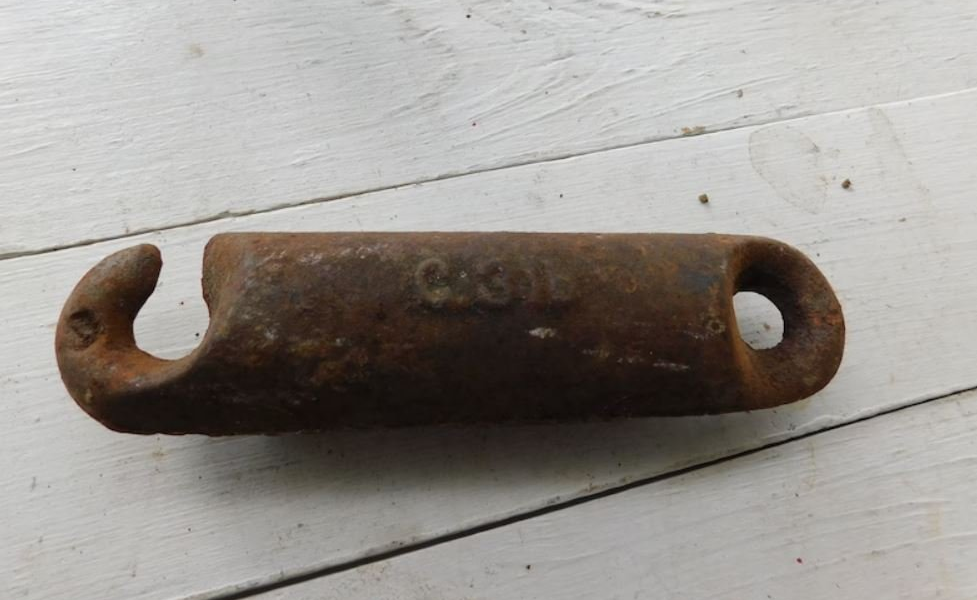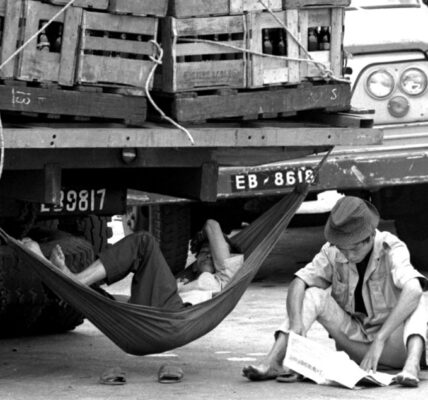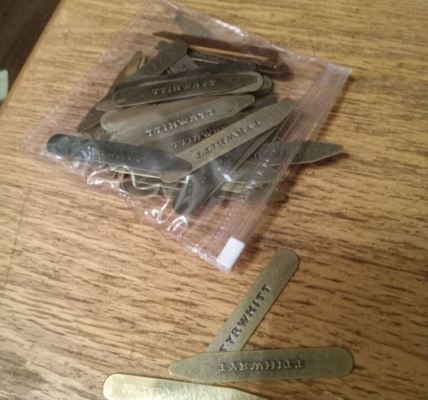Have you ever come across those heavy, mysterious metal weights hidden inside old windows? These objects are not just random chunks of metal—they are vintage window weights, an integral part of historical architecture that quietly tells a story of craftsmanship and innovation. While they may seem insignificant today, these weights played a pivotal role in how people opened and closed their windows centuries ago. Let’s take a deep dive into the fascinating world of vintage window weights and uncover their hidden history.
The Purpose of Vintage Window Weights: An Ingenious Solution

Before modern window technology existed, homes and buildings needed an efficient way to raise and lower their windows. This is where window weights came into play. Imagine a time without springs, latches, or any of the mechanisms we now take for granted. To make windows functional, people devised a clever system of pulleys and counterweights.
Window weights, typically made from lead, cast iron, or stone, were attached to the window sash by ropes running through pulleys inside the window frame. This system allowed the window to be easily raised or lowered with minimal effort. The weights balanced the sash, making it glide smoothly up or down—a brilliant solution that combined practicality with simple engineering.
The Evolution of Window Weights: From Function to Art
As the design of homes evolved, so did the craftsmanship of window weights. Initially, the function of these weights was purely utilitarian. However, as architecture became more ornate, even these hidden elements became objects of beauty. By the 17th century, cast iron window weights grew in popularity due to their durability and the potential for more intricate designs.
During the 19th and early 20th centuries, window weights reached their peak in both function and form. Manufacturers began crafting these weights with unique and ornate designs, often featuring their company insignia or detailed patterns. While their primary purpose remained the same, these window weights became small works of art, tucked away inside the walls of elegant homes and buildings.
A Tangible Link to Architectural History
Vintage window weights are more than just functional objects—they’re a direct link to our architectural past. These weights showcase the ingenuity of past generations, providing a glimpse into a time when even the most practical items were created with an artistic touch.
Imagine the craftsmen of centuries past, carefully pouring molten iron into molds to create these functional works of art. The detailed craftsmanship found in these weights is a testament to the skill and care that went into every aspect of building construction in earlier times. While today’s architecture often focuses on sleek, mass-produced designs, these vintage weights remind us of an era when even the smallest detail was meticulously crafted.
The Role of Window Weights in Historical Preservation
When restoring or preserving historical buildings, the original window weights are often retained or replicated to maintain the authenticity of the structure. For architectural purists, these weights are more than just functional components—they represent a connection to the building’s past.
Restoring these weights not only preserves the architectural integrity of a building but also pays homage to the artisans who created them. By maintaining or replicating vintage window weights during restorations, we honor the craftsmanship of previous generations while ensuring that these buildings remain functional and historically accurate for years to come.
The Aesthetic Appeal of Vintage Window Weights

While vintage window weights were originally designed for functionality, they also add a touch of elegance and charm to any building. In many cases, these weights remain hidden behind walls and layers of paint, quietly doing their job. However, in some historical restorations, they are intentionally displayed as part of the building’s character.
Whether hidden away or proudly showcased, these window weights add unique character to a space. They serve as a reminder that beauty can often be found in the most unexpected places—even in the hardware that keeps a window functioning.
Conclusion: Vintage Window Weights Tell a Big Story in Small Details
The next time you find yourself in an older building, take a moment to think about the hidden features that make it function. Vintage window weights may seem like small, forgotten details, but they tell a much bigger story. They remind us of the artistry, innovation, and craftsmanship of the past, offering a tangible link between modern life and historical architecture.
These seemingly unimportant objects played a critical role in the everyday life of generations past, and their discovery or preservation continues to bridge the gap between history and modern-day building restoration. In appreciating vintage window weights, we not only celebrate their function but also the creativity and dedication of those who crafted them centuries ago. It’s proof that even the most overlooked details in a building can have a rich and fascinating history.




